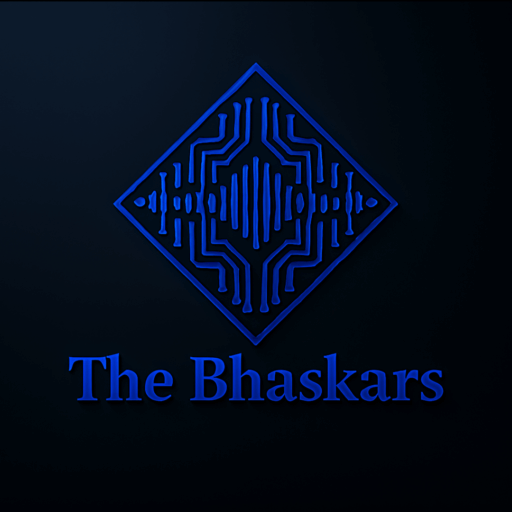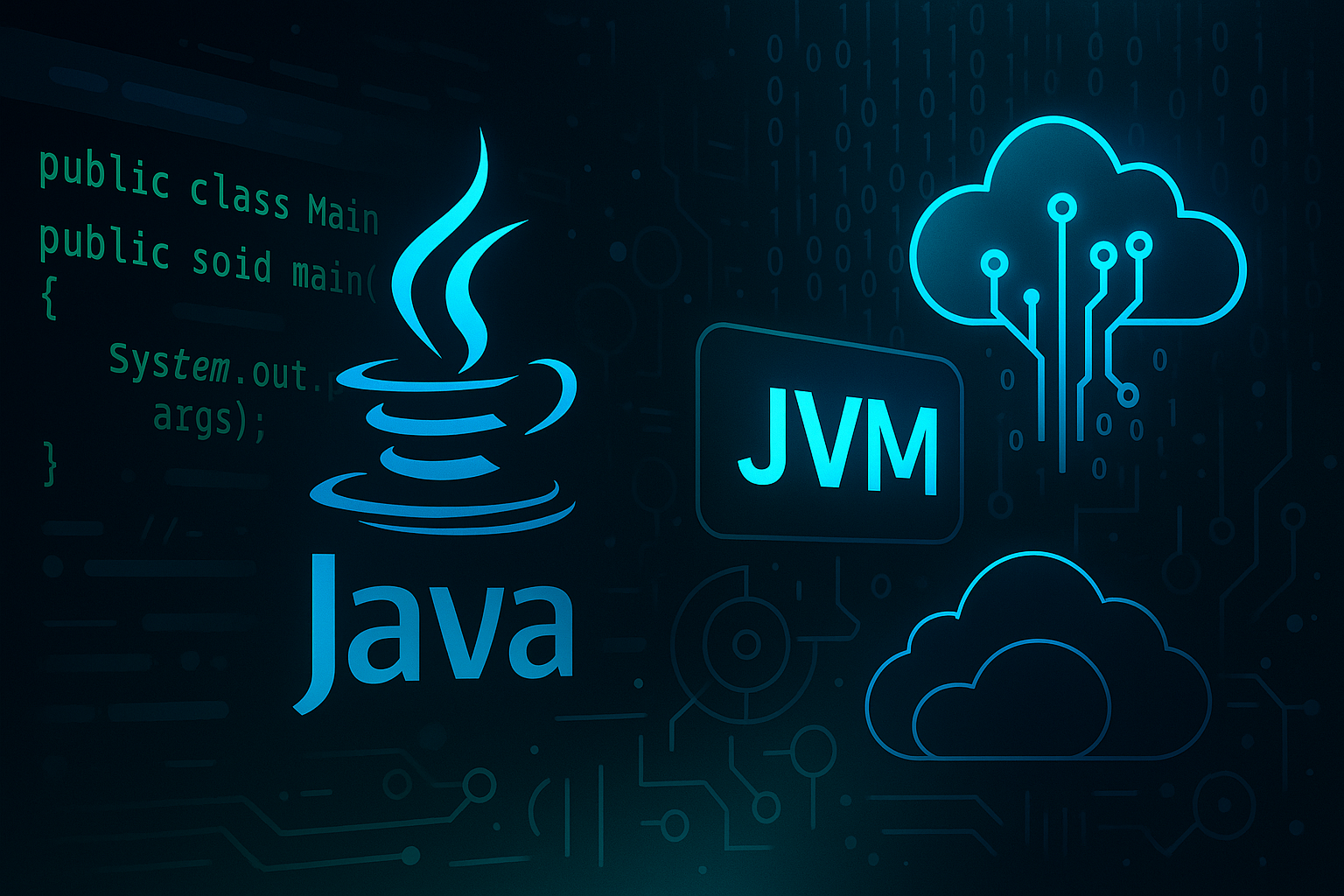Even after more than two decades, Java continues to dominate enterprise software development. In 2025, it remains a cornerstone for building scalable, secure, and high-performance applications. Far from being outdated, modern Java has evolved dramatically, integrating new features, frameworks, and cloud-native capabilities that keep it relevant in the era of AI and microservices.
Java’s Ongoing Evolution
Java’s strength lies in its ability to evolve while maintaining backward compatibility. The release of JDK 21 introduced significant improvements — including virtual threads, record patterns, and enhanced switch expressions — all aimed at making development faster and more efficient. These updates are not just syntactic sugar; they represent a shift toward modern concurrency and lightweight architecture.
Virtual Threads and Project Loom
One of the most transformative changes in modern Java is the introduction of virtual threads through Project Loom. Traditional Java threads were resource-intensive, limiting scalability for high-concurrency applications. Virtual threads reduce overhead, enabling applications to handle thousands of concurrent tasks without performance bottlenecks. This makes Java ideal for cloud workloads, APIs, and reactive systems.
Cloud-Native Java Frameworks
Frameworks such as Spring Boot 3, Micronaut, and Quarkus have revolutionized how Java applications are built and deployed. They are optimized for containerized environments, integrating seamlessly with Kubernetes and serverless platforms. Spring Boot’s focus on observability and native image support ensures faster startup times and lower memory consumption — two key demands in modern microservice architectures.
Java and Artificial Intelligence
Java’s versatility now extends into the world of artificial intelligence and machine learning. Libraries like Deep Java Library (DJL), Tribuo, and integrations with TensorFlow and PyTorch allow developers to build AI-driven applications within familiar Java ecosystems. This convergence enables enterprises to leverage existing Java expertise while adopting cutting-edge AI capabilities.
Security and Reliability
Java’s robust security model remains one of its biggest advantages. Automatic memory management, strong typing, and extensive tooling make it less vulnerable to memory leaks and exploits. In enterprise environments where data integrity is non-negotiable, Java continues to provide unmatched reliability and compliance support.
Developer Productivity and Tooling
Modern IDEs such as IntelliJ IDEA, Eclipse, and Visual Studio Code provide smart refactoring, debugging, and real-time collaboration features. Coupled with build tools like Maven and Gradle, developers can automate workflows, integrate CI/CD pipelines, and ensure consistent delivery. Java’s extensive ecosystem continues to drive developer efficiency at scale.
The Java Community and OpenJDK
The global Java community, driven by OpenJDK, ensures the platform’s continuous evolution. Collaborations among Oracle, Red Hat, Amazon, and other contributors bring innovation and transparency to the ecosystem. This open-source governance model fosters rapid development cycles and long-term stability.
The Future of Java
Looking forward, Java’s trajectory remains strong. Its adaptability to AI, cloud computing, and edge processing ensures continued dominance in enterprise technology. The ongoing evolution of JVM performance, language simplification, and cross-language interoperability will cement its leadership well beyond 2025.
Conclusion
Java’s longevity isn’t accidental — it’s the result of constant reinvention. In 2025, modern Java stands as a bridge between legacy stability and future innovation. With advancements like virtual threads, AI integrations, and cloud-native frameworks, Java continues to prove that timeless design can thrive in a rapidly changing world.

